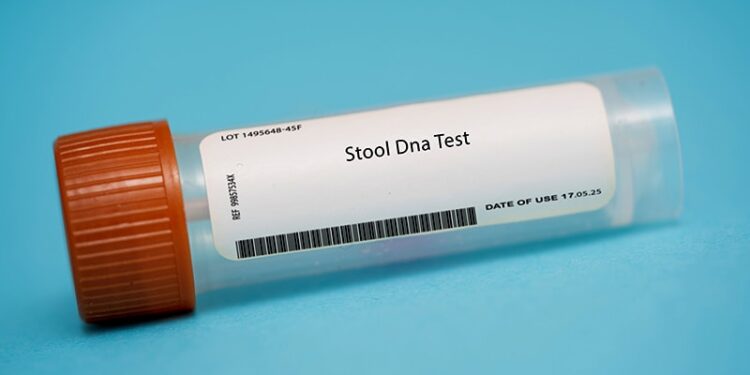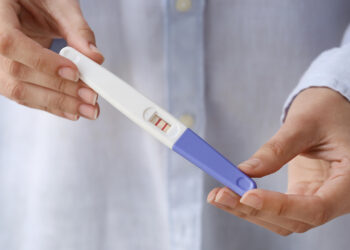TOPLINE:
Individuals with a positive fecal immunochemical test (FIT) whose follow-up colonoscopy was negative for colorectal cancer (CRC) had higher rates of interval CRC occurrence and mortality than those with a negative FIT. The follow-up colonoscopies conducted in hospitals with high adenoma detection rates (ADRs) were associated with a lower risk for interval CRC diagnosis than those in facilities with lower rates; however, the cases that occurred showed worse survival in high-ADR hospitals.
METHODOLOGY:
- Researchers investigated the burden, incidence, mortality, and long-term survival outcomes of interval CRCs in participants aged 50-74 years who completed at least one FIT screening in a Taiwanese program between January 2004 and December 2012.
- The analysis included two cohorts: individuals with negative FIT results and those with positive FIT results followed by negative colonoscopy results. Interval CRCs (those diagnosed within the recommended interval between screenings) were called post-FIT interval CRCs in the first cohort and postcolonoscopy interval CRCs in the second cohort.
- Researchers stratified results in the second cohort by hospital-level ADR: low (ADR < 40%), intermediate (ADR, 40% to < 65%), or high (ADR ≥ 65%).
- Primary outcomes were CRC incidence, CRC-specific mortality, and survival rates for both cohorts, with data obtained from Taiwanese registries through December 2019.
TAKEAWAY:
- Among 4018 cases of interval CRC identified through December 2019, 69.2% were post-FIT interval CRCs and 30.8% were postcolonoscopy interval CRCs.
- Both the incidence (0.75 vs 0.09 per 1000 person-years) and mortality (0.12 vs 0.02 per 1000 person-years) were higher in postcolonoscopy interval CRC than in post-FIT interval CRC.
- A high hospital-level ADR was associated with a lower risk for postcolonoscopy interval CRC compared with a low ADR (adjusted hazard ratio [AHR], 0.26).
- However, among patients who were diagnosed with postcolonoscopy interval CRC, the risk for CRC-related death was higher in the high vs low ADR setting (AHR 1.89).
IN PRACTICE:
“The poor survival observed for both postcolonoscopy interval CRC (which occurs despite high ADR) and post-FIT interval CRC suggests that these cancers may be biologically more aggressive,” the authors wrote.
“Targeted interventions to improve colonic visualization and polyp recognition such as split-dose bowel preparation regimens, meticulous colonoscopy technique including careful inspection, adequate withdrawal time, patient repositioning, and repeat examination of the right colon as well as hands-on endoscopic skills enhancement courses can improve ADR [adenoma detection rate] and therefore potentially reduce postcolonoscopy CRC incidence,” experts wrote in an accompanying commentary.
SOURCE:
The study, led by Wen-Feng Hsu, MD, PhD, National Taiwan University Hospital in Taipei, Taiwan, was published online in JAMA Network Open.
LIMITATIONS:
ADR was assessed at the hospital level rather than individual endoscopist level, potentially introducing bias due to variation among endoscopists within the same hospital. Polyp characteristics varied across hospitals by ADR categories. The follow-up period may not have been adequate to detect all postcolonoscopy interval CRC cases and related deaths.
DISCLOSURES:
This study was supported by grants from the Health Promotion Administration, Ministry of Health and Welfare of Taiwan. Two authorsreported receiving personal fees, grants, and lecture honoraria from health companies and organizations outside the submitted work.
This article was created using several editorial tools, including AI, as part of the process. Human editors reviewed this content before publication.
Source link : https://www.medscape.com/viewarticle/crc-risk-lower-positive-fit-and-follow-colonoscopy-2025a1000kic?src=rss
Author :
Publish date : 2025-08-01 10:24:00
Copyright for syndicated content belongs to the linked Source.











